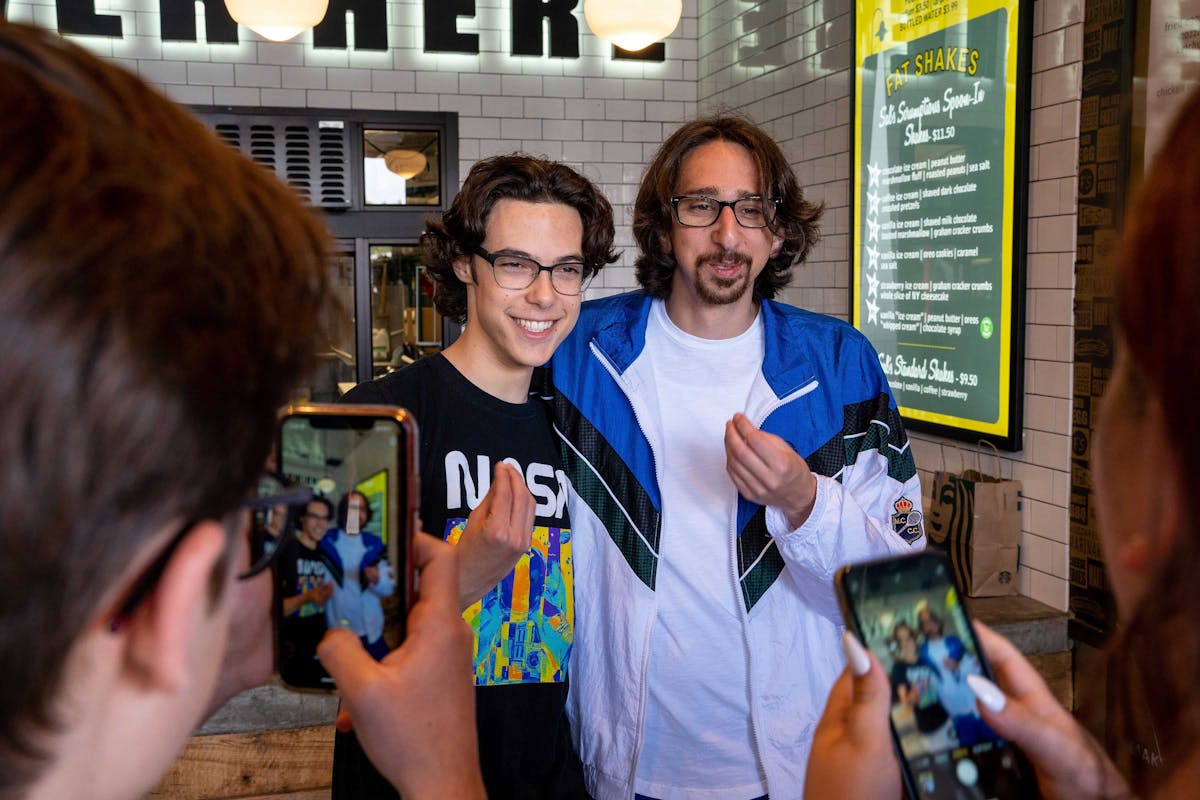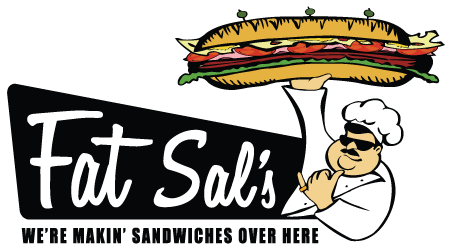Fast Food Places and the Social Media Effect: How Instagram and TikTok Changed Fast Food

The fast food industry has always catered to those looking for a quick, affordable meal that hits the spot. Over the years, it has consistently adjusted to meet consumer preferences and expectations, making steps such as offering vegetarian options and incorporating tech into operations. And in more recent years, social media has revolutionized how fast food businesses develop products, conduct marketing, engage with their customers, and create trends.
The average person spends spends 144 minutes on social media every day, and that’s 144 minutes of opportunity for fast food places to connect with their customers. From menu hacks to influencer partnerships, social media has made fast food more interactive and trend-driven than ever before. Even outside of flashy trends and marketing, 62% of respondents in a Toast survey reported checking the restaurant's social media before dining there
Here’s how Instagram and TikTok are reshaping the industry:
Food Trends Driving Sales and Hype
One of the biggest effects of social media on fast food is how quickly trends can go viral. Visual platforms like TikTok and Instagram make it easy for food-related content to spread rapidly, turning new menu items or secret menu hacks into a sensation in a matter of hours or days.
Chipotle, one of the fast food chains with the highest number of followers on TikTok, has embraced TikTok trends by incorporating viral menu hacks into official promotions. In 2023, the chain added the Keithadilla, a menu hack created by a TikTok influencer.
These viral trends are essentially free advertising for fast food places, as users share their own experiences and create organic engagement. In turn, this often leads to increased foot traffic and higher sales.
The opposite outcome can occur, too. Be aware that fast food places and particular locations can also go viral for being particularly bad.
Instagrammable Menu Items
We eat with our eyes; a well-shot photo of a fried chicken sandwich looking crispy, golden, and dripping with a creamy sauce is enough to pique the appetite. Even if you’ve never eaten this particular fried chicken sandwich, the visual of this desirable comfort food can trigger the imagination; the soft bun, crisp acidic pickles, the crunch and oily breading around the juicy patty, and a creamy sauce to tie it all together.
Vibrant colors, lighting, angles, over-the-top presentations, and unique packaging all play a role in making food more Instagrammable. It’s even been found that foods wrapped in a McDonald’s wrapper were more appealing to young children, even if the food wasn’t actually from McDonald’s.
Chains now consider how their menu items will appear on social media before launching them. One of the most obvious examples of this was the Starbucks’ Unicorn Frappuccino. Its bright pink, purple, and blue swirls made it a must-have for social media users and influencers, leading to massive hype despite mixed reviews on taste.
The goal is simple: if it looks good online, people will want to try it in real life.
Influencer Collaborations Are the New Celebrity Endorsements
Celebrity partnerships have always been a part of fast food marketing, but today, social media influencers hold just as much, if not more, power. Instead of relying on expensive commercials featuring A-list celebrities (Remember Kim K’s salad-eating Carl’s Jr. commercial?), fast food brands now collaborate with TikTok and Instagram influencers who have loyal followings.
Dunkin’s partnership with TikTok star Charli D’Amelio resulted in her signature drink, “The Charli,” and iced coffee drink, quickly becoming a customer and fan favorite.
Influencers can often feel more relatable than celebrities; by building trust and credibility with their audience, they make their endorsements feel more authentic than traditional ads.
Limited-Edition and Secret Menu Items Create FOMO
Social media has amplified the fear of missing out (FOMO) when it comes to fast food. Limited-time offers, secret menu items, and exclusive drops are promoted heavily on Instagram and TikTok to create hype.
Starbucks’ and In-N-Out’s secret menus are social media phenomenons, with fans sharing these unlisted items and how to order them. And did you know that McDonald’s offers a whole birthday cake? Thanks to TikTok, now we do. Even if the food itself is not groundbreaking, the curiosity of trying something new and exclusive is enough to drive sales.
Social Media Creates Better Engagement with Customers
Responding directly to customers on TikTok and Instagram
Social media platforms allow fast food brands to engage directly with their customers in real-time, whether it be in the comments section or through a direct message. This is a major shift from traditional advertising, which is mostly one-sided.
Engaging with customers is often more than just marketing and sending messages; chains often take a humorous tone and make witty comebacks, joining online debates, commenting on competitor posts, or stitching videos.
Fast Food Ads Have Become More Entertaining and Relevant
Traditional TV commercials have taken a backseat to short-form video ads designed for TikTok and Instagram Reels. These ads are often quirky, creative, and highly engaging, designed to match the fast-paced nature of what’s trending.
Instead of standard commercials, fast food chains now use interactive challenges, hashtags, and behind-the-scenes footage on the secrets of fast food. The result? Higher engagement, more shares, and increased brand loyalty, all at a lower cost and often less effort than traditional commercials.
Fat Sal’s Social Media Approach
Our social media strategy revolves around showcasing our bold, over-the-top menu items that push the limits of indulgence. Fat Sal’s Instagram posts frequently feature towering sandwiches stuffed with everything from cheeseburgers and chicken fingers to mozzarella sticks and fries, creating a visual spectacle that’s impossible to ignore. Yes, we lean into the “food porn” aesthetic, with close-up shots and videos of gooey cheese pulls, crispy textures, and layers of meats, veggies, and sauces dripping with flavor. We like to keep it light and humourous, and BTW we have a TikTok too.
Takeaway: The Social Media Effect is Here to Stay
Fast food and social media have become deeply intertwined, with platforms like TikTok and Instagram shaping everything from menu designs to marketing strategies. The power of viral trends, influencer collaborations, Instagrammable food, and interactive advertising has transformed how fast food is consumed and perceived. Whether it’s through new viral menu items, creative influencer partnerships, or engaging social media challenges, one thing is clear: the fast food industry has been transformed by social media.
